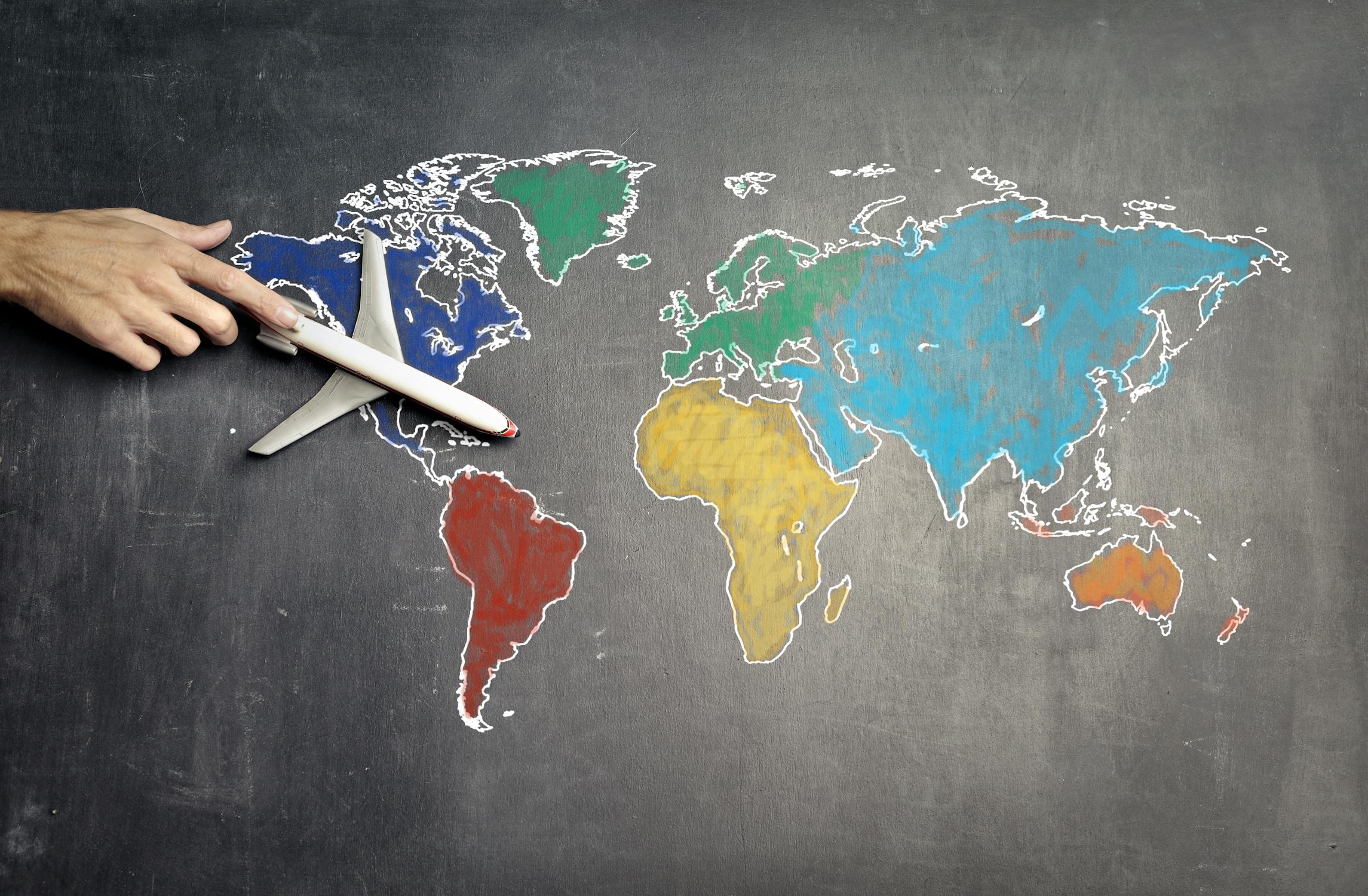How to Improve Emotional Health in 2025: Step-by-Step Guide for Beginners
Science-Backed Strategies to Build Resilience, Manage Stress, and Thrive
Introduction

Emotional health—the ability to navigate life’s ups and downs with resilience and self-awareness—is the cornerstone of a fulfilling life. In 2025, rising workplace demands, social media pressures, and global uncertainties make nurturing emotional health more critical than ever. This guide shares 7 proven methods, free tools, and cutting-edge strategies to help you cultivate emotional balance, even if you’re new to self-care. You’ll learn how to manage stress, build healthier relationships, and harness 2025’s innovations (like AI therapy and biofeedback tech) to thrive. Let’s begin!
Why Emotional Health Matters in 2025
Did You Know?
“1 in 3 adults globally reports chronic emotional exhaustion, costing employers $1.7 trillion annually in lost productivity (World Health Organization, 2025).”
Modern challenges to emotional health include:
- Digital overload: Constant notifications and social comparisons erode self-esteem.
- Economic uncertainty: 52% of adults cite financial stress as a top emotional burden (CDC, 2025).
- Isolation: Hybrid work models leave 40% feeling disconnected from colleagues and friends.
The good news? 2025’s research and tech make emotional health strategies more accessible than ever.
7 Science-Backed Methods to Strengthen Emotional Health
1. Conduct Weekly Emotional Audits

Why It Works: Self-reflection identifies patterns in your emotions and stressors.
Step-by-Step:
- Track moods: Use free apps like Daylio to log emotions 3x daily.
- Identify triggers: Note situations that spark anxiety (e.g., meetings, social media).
- Plan responses: For example, “If I feel overwhelmed at work, I’ll take a 5-minute walk.”
Free Tool: Moodfit provides journal prompts and coping strategies.
2. Use Biofeedback Wearables

Why It Works: Devices like Fitbit Sense 3 track heart rate variability (HRV) to flag stress.
2025 Routine:
- Wear a biofeedback ring (e.g., Ultrahuman Ring Air) to monitor real-time stress.
- When HRV dips, practice box breathing: Inhale 4 sec, hold 4 sec, exhale 6 sec.
- Review weekly reports to spot stress trends.
Science Says: A 2025 NIH study found biofeedback users reduce anxiety by 38% in 3 weeks.
3. Practice “Micro-Connections”

Why It Works: Small social interactions combat loneliness and boost mood.
How to Start:
- Daily: Compliment a colleague or text a friend a meme.
- Weekly: Join free virtual groups like The Dinner Party (for grief support) or Meetup’s Anxiety Allies.
- Monthly: Host a “Feelings Feast” where friends share highs/lows over potluck.
Free Resource: 7 Cups offers anonymous emotional support chats.
4. Master Stress With AI Therapy

Why It Works: AI chatbots like Woebot provide instant coping strategies.
Step-by-Step:
- Download Woebot (free) and set daily check-in reminders.
- Chat about stressors (e.g., “I’m overwhelmed with deadlines”).
- Use AI-generated CBT techniques, like reframing negative thoughts.
Example:
Negative thought: “I’ll never finish this project.”
Reframe: “I’ve handled tough tasks before. I’ll tackle one step at a time.”
5. Build Emotional Resilience Through Nature

Why It Works: Nature reduces cortisol (stress hormone) by 28% (APA, 2025).
2025 Strategies:
- Forest Bathing: Spend 20 minutes weekly in parks or green spaces.
- Digital Detox Walks: Leave your phone home and focus on sights/sounds.
- Urban Gardening: Grow herbs on windowsills for mindful relaxation.
Free Tool: AllTrails locates nearby nature trails with difficulty ratings.
6. Create an Emotional “First Aid Kit”

Why It Works: Preparedness helps you handle crises calmly.
What to Include:
- Soothing Playlist: Calming music or nature sounds (e.g., Calm Radio).
- Grounding Objects: A stress ball, lavender oil, or favorite photo.
- Crisis Contacts: Hotlines like 988 Suicide & Crisis Lifeline and trusted friends.
Pro Tip: Store your kit digitally using Google Keep for easy access.
7. Harness Art for Emotional Expression

Why It Works: Creative activities lower anxiety and improve self-awareness.
2025 Ideas:
- AI Art Therapy: Apps like Jasper Art generate prompts (e.g., “Draw your stress as a creature”).
- Community Murals: Join local art projects to connect with others.
- Gratitude Doodling: Sketch 3 things you’re grateful for daily.
Free Resource: Skillshare offers free art therapy classes for beginners.
Traditional vs. 2025 Emotional Health Methods

| Aspect | Traditional Method | 2025 Method |
|---|---|---|
| Cost | Expensive therapy sessions | Free apps + wearables |
| Accessibility | Limited to urban areas | Global, 24/7 digital tools |
| Speed | Weeks to see progress | Real-time biofeedback |
Emotional Health FAQs: Your 2025 Questions Answered
-
1. What’s the fastest way to improve emotional health?
Start with 5-minute daily mood tracking using Daylio and one micro-connection (e.g., a kind text). Consistency builds resilience.
-
2. Can I manage emotional health without therapy?
Yes! Tools like Woebot and biofeedback wearables offer evidence-based support. For severe issues, consult the SAMHSA Helpline.
-
3. How does sleep affect emotional health?
Poor sleep amplifies stress and irritability. Follow the CDC’s Sleep Guidelines for 7–9 hours nightly.
-
4. What foods boost emotional health?
Omega-3s (salmon, walnuts) and probiotics (yogurt, kimchi) support brain function. Avoid sugary snacks that cause mood crashes.
-
5. How can I handle social media stress?
Limit apps to 30 minutes daily, mute toxic accounts, and follow uplifting creators like @TheLatestKate (mental health advocacy).
-
6. Is AI therapy effective?
Yes! A 2025 APA study found AI tools reduce mild anxiety by 42% when used consistently.
-
7. How do I support a loved one’s emotional health?
Listen without judgment, validate their feelings (“That sounds tough”), and share free resources like NAMI’s Support Guides.
Conclusion

Improving emotional health in 2025 is about blending timeless practices (like self-reflection and nature therapy) with modern tools (AI and wearables). Start small—try a weekly emotional audit or a 10-minute forest bath—and gradually build habits that fit your lifestyle. For deeper support, explore free resources from trusted organizations like the National Institute of Mental Health or local community groups. Remember: Emotional health isn’t about avoiding pain but building resilience to navigate life’s challenges with grace.


0 Comments